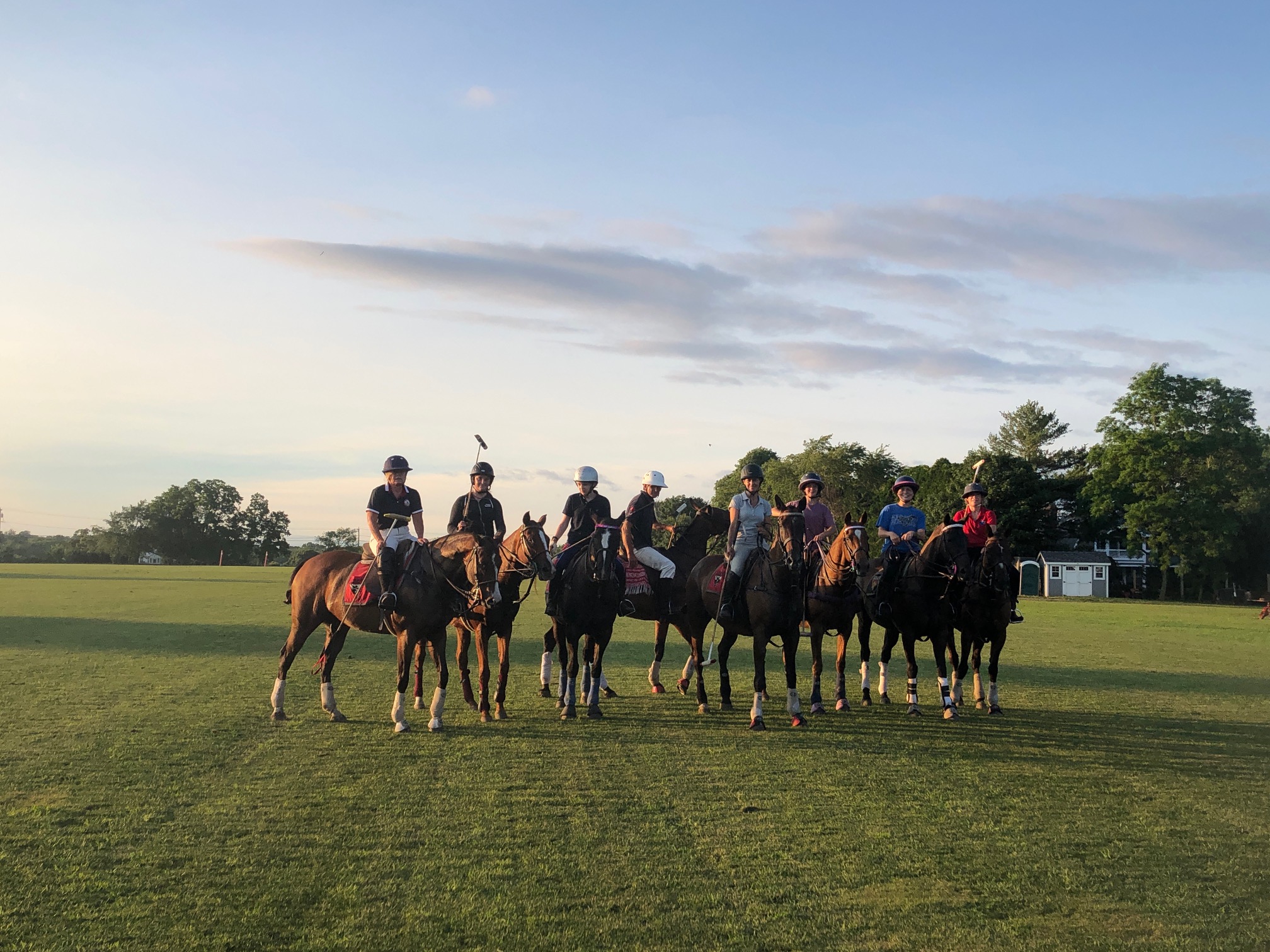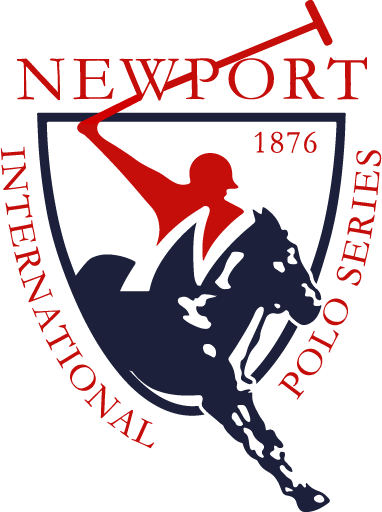Your cart is currently empty!

A League of Their Own
Published on
To the untrained eye, polo might look like a graceful dance on horseback—fast ponies streaking across the field, mallets swinging in wide arcs, players leaning into the rush of wind and the thundering rhythm of hooves. But behind the elegance lies one of the most demanding athletic challenges in sport, a game that requires not just skill, but coordination, endurance, and a deep connection between athlete and horse.
For a polo player, athleticism begins long before the first throw-in. Hours are spent in the saddle, building balance, core strength, and agility. Unlike many sports, polo demands that an athlete move as one with another powerful athlete – the horse. Players must maintain secure footing and agile leg holds while leaning out of the saddle, sometimes nearly parallel to the ground, to strike the ball at full gallop. It requires exceptional grip, stability, and reaction time, all while guiding a thousand-pound pony with subtle shifts of the reins, knees, and body weight.
Off the field, polo players train like any other elite athlete. Cardio workouts build stamina for the relentless sprinting of the match, while strength training develops the shoulders, arms, and legs needed to control both the mallet and the horse. Flexibility is critical being able to twist, pivot, and stretch while riding at speed makes the difference between a clean hit and a missed opportunity. Mental sharpness also comes into play: polo is often described as “chess at 40 miles per hour,” with players reading the field, anticipating opponents, and coordinating with teammates in split-second decisions.
And then there is the partnership with the pony. A polo player’s success depends not only on their own fitness, but also on the trust and communication built with their horse. Behind the elegance is a crucible few athletes ever face. It demands not only precision and stamina, but the rare ability to move as one with a half-ton partner, to think faster than the gallop beneath you, and to command strategy at the pace of lightning. Polo players don’t just play a game—they master an artform that exists in its own stratosphere, a test of mind, body, and bond that sets them firmly apart from every other sport. Training together, learning each other’s rhythms, and developing quick-response signals creates the foundation of teamwork that can carry a match.
This season, a new generation of players has been showing just what it takes to get a leg up in this demanding sport. Attorney Declan Jenkins has impressed with his speed and ability to cover the field, showing the stamina and quick instincts that define a great back player. Manufacturer, Andres Arambel brings a natural athleticism and smooth riding style that has already made him stand out among seasoned teammates. Marine entrepreneur Kat Anderson is proving to be a rising star, demonstrating balance, strength, and fearlessness that make her a force in every chukker. Showjumper Jack Berry has turned heads with his precision and strategic play, reading the field with confidence and patience. Gus Reed, an interscholastic player/student, has showcased his youthful versatility, adapting to high-pressure moments and excelling in both offense and defense. And Darlene D’Arezzo, educator, has established her goals, blending skill, fitness, and determination in every chukker.
Together, these players are showing that polo’s next wave is not only talented, but also committed to the extraordinary physical and mental discipline the sport demands. Their performances remind us that polo players are athletes twice over, once for their own bodies, and once for the seamless partnership they forge with their horses.
In the end, polo is a sport where precision meets power, where endurance meets instinct, and where the beauty of the game hides the grit, sweat, and determination that make it possible. To watch it is to see artistry; to play it is to live the demanding rhythm of one of the world’s most challenging and exhilarating sports.
